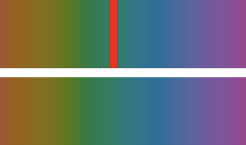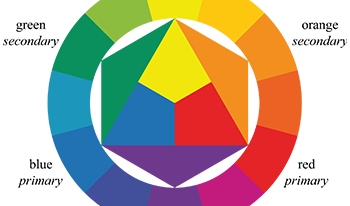
The Munsell dataset holds a prominent position in the field of color science. This dataset describes large color differences covering a wide color gamut, making it highly valuable for the development of color models. Currently, the widely used version is the Munsell Renotation, which is the second version of the dataset. In this paper, we analyze the third version, known as the Munsell Re-renotation, identify significant errors within it, and provide corrections for obvious typos. We propose a novel method for detecting nonuniformities, utilizing the L1-STRESS measure and the proLab uniform color space (UCS). Our findings demonstrate that the revised version of the Munsell Re-renotation dataset achieves significantly better consistency with established UCSs compared to the original Munsell Re-renotation data. Additionally, we discuss modifications of the STRESS measure for data with unknown scales. Unlike previous modifications, the proposed measure, STRESSgroup, is identical to the classic STRESS measure when the scales are the same.

A color wheel is a tool for ordering and understanding hue. Different color wheels differ in the spacing of the colors around the wheel. The opponent-color theory, Munsell’s color system, the standard printer’s primaries, the artist’s primaries, and Newton’s rainbow all present different variations of the color wheel. I show that some of this variation is owing to imprecise use of language, based on Berlin and Kay’s theory of basic color names. I also show that the artist’s color wheel is an outlier that does not match well to the technical color wheels because its principal colors are so strongly connected to the basic color names.